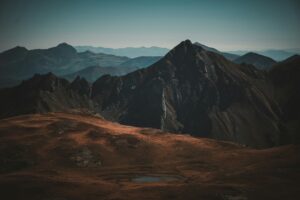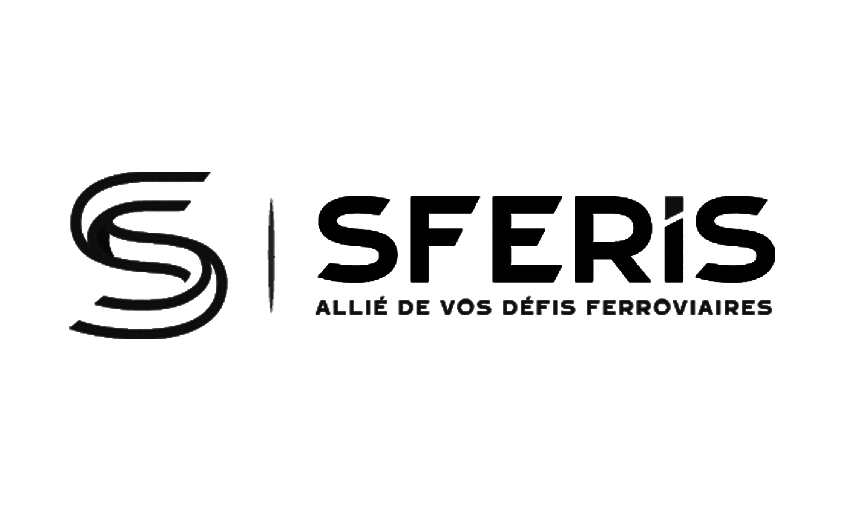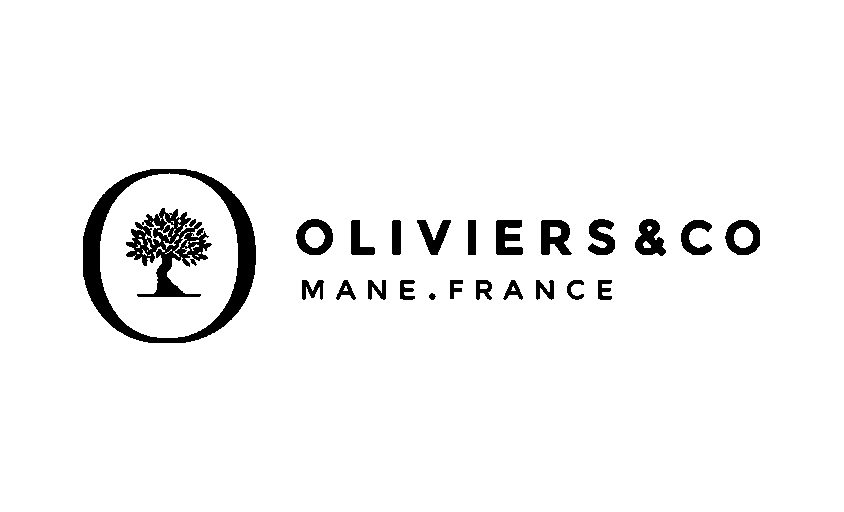Landscape Photographer
In this article :
Being a landscape photographer is much more than capturing a beautiful natural scene. It’s about understanding light, anticipating the perfect moment, and conveying emotion through the image. In the vast world of photography, where each discipline has its own language, artistic photography stands out with its intention and subjectivity. The landscape becomes a canvas where the photographer works with the elements, balancing between realism and interpretation. Patience, technical skill, and sensitivity are the keys to this art, where the image doesn’t just represent a place, but reveals its full poetry.
A profession at the crossroads of travel and art

The landscape photographer roams the roads, climbs peaks, ventures into forests, or explores coastlines. Their playground is vast, as expansive as the planet itself. They work with natural light, often in extreme conditions: cold, wind, humidity, altitude… Every image is the result of meticulous preparation, weather studies, scouting, composition, and advanced technical mastery.
But beyond the scenery, what truly matters is emotion. This profession is about conveying an atmosphere, a sensation, a vertigo in the face of immensity or a softness in the lines of a tranquil landscape. The goal is not just to document, but to evoke feeling.
The landscape photographer can capture many varied elements:
- Skies and Horizons: sunrises and sunsets, dramatic clouds, changing colors.
- Mountains and Hills: snow-capped peaks, rugged ridges, deep valleys.
- Rivers and Lakes: reflections on the water, waterfalls, peaceful shores.
- Forests and Woods: towering trees, light filtering through foliage, mysterious underbrush.
- Beaches and Coasts: crashing waves, sand dunes, rock formations.
- Fauna and Flora: wildlife in its natural habitat, endemic flowers and plants.
- Fields and Plains: grassy expanses, agricultural fields, mountains of clouds in the distance.
- Natural Phenomena: auroras, storms, thunderstorms, fog.
These elements are an integral part of the landscape photographer’s world, who seeks to capture them at their most beautiful to convey the beauty and emotion they inspire.
The Equipment
Unlike other specialties, landscape photographers prioritize sturdy camera bodies capable of withstanding harsh weather conditions, paired with high-precision lenses. Wide-angle focal lengths are the most sought after for capturing the vastness of a panorama, but telephoto lenses can also be used to compress the perspective and isolate a distant detail. A tripod is an essential ally, especially for long exposures or low-light shots. Drones have become an indispensable tool, offering new vantage points and access to unique angles.
Typical equipment used includes:
- A weather-sealed full-frame camera body
- A wide-angle lens (e.g., 16-35mm)
- A telephoto lens (e.g., 70-200mm)
- A stable tripod with a fluid head
- ND and polarizing filters
- A drone with a high-performance photo sensor
- Plenty of batteries and memory cards
- Professional post-production software (such as Lightroom or Capture One)
Post-processing is also crucial. Images are often carefully edited to reveal textures, rebalance tones, or adjust contrasts without betraying reality. Subtlety is key: a good landscape photograph is one that is balanced, credible, and sensitive.
What Business Model?
It’s a passion-driven profession, but also an economic challenge. Landscape photographers sell their images to publishing houses, outdoor brands, specialized media, or distribute them in limited editions. Some offer workshops, others organize photo trips or sell presets and tutorials.
Social media and art sales platforms have opened new markets, but they’ve also made competition fierce. To stand out, one must find their visual signature, cultivate an identifiable style, and build a strong narrative around their images.
Three Landscape Photographers to Follow
Jennifer Esseiva
Based in Switzerland, Jennifer Esseiva is a photographer passionate about natural landscapes. She travels the world to capture breathtaking scenes, from the snowy expanses of Lapland to the volcanic beaches of the Azores. Her artistic approach also includes self-portraits in harmony with natural settings, adding a touch of fantasy to her work. Jennifer regularly shares her creations on her website and Instagram account, where she unveils her latest explorations and projects.
Follow Jennifer on Instagram
Tobias Hägg
Swedish photographer and videographer Tobias Hägg, also known as Airpixels, is renowned for his captivating aerial photography. Based in Stockholm, he captures breathtaking landscapes using drones, offering unique perspectives on nature. His work highlights the dynamics of natural elements, from ocean movements to dense forests in the midst of transformation. Tobias shares his creations on his Instagram account, followed by a large community, and his work has been featured in various international publications.
Follow Tobias on Instagram
Hannes Becker
Originally from Germany, Hannes Becker is a photographer specialized in landscapes and wilderness. His goal is to document the remote regions of the world, capturing scenes that evoke adventure and exploration. His images are characterized by dramatic compositions and a masterful use of light, reflecting the raw power of nature. Hannes shares his travels and photography on his website and social media, inspiring a new generation of landscape photographers.
Follow Hannes on Instagram
A demanding yet deeply rewarding discipline
Photographing landscapes is about learning to slow down. It’s about confronting the unexpected, the elements, and sometimes solitude. It’s also about building a long-term body of work, where each series becomes a sensitive trace of what the world offers in its rawest and most beautiful form.
The landscape photographer is a witness: a witness to the beauty of nature, but also to its transformation. Their gaze is both poetic and political, contemplative and engaged. They speak without words, through light, shadows, and lines.
At Rétines, we believe in the power of these images, and we understand how a well-thought-out photograph can transform perception. Whether for editorial projects, professional space designs, or custom creations, we showcase landscapes with the same care and attention as those who traverse them daily.
Jérémy Carlo is the editorial director at Rétines, where he ensures the consistency and clarity of all content produced by the studio.
Our Clients
Let’s discuss
What we do for you at Rétines
Meticulous work, an organised project and fast delivery. And to achieve this, we mobilise the right resources in our teams at the right time.
01
Pre-production
Artistic and technical direction tailored to the project.
Relevant recommendations on content, form and resources.
02
Photo Shooting
Photos taken by our experienced photographers.
Production that’s controlled, efficient and tailored to the needs of the project, with nothing superfluous.
03
Retouching
Technique
Photographs magnified by our retouching team.
Post-production to meet the commercial challenges of the brief.












